Chinese H-6 Missile Carrier Jets Appear For The First Time Off Alaska (Updated)
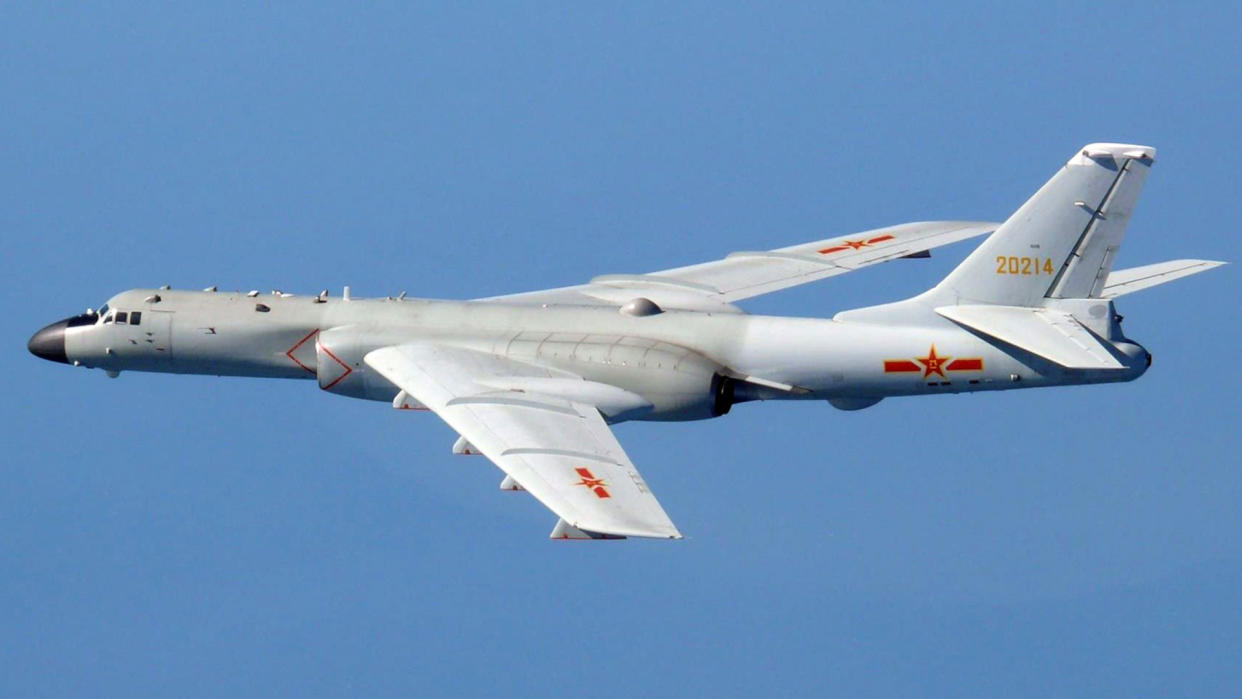
Two of China’s H-6-series aircraft, as well as a pair of Russian Tu-95 Bear bombers, flew through a portion of the Air Defense Identification Zone (ADIZ) around Alaska earlier today. This is the first time Chinese H-6s of any kind have operated in this part of the world and they may well have flown from bases in Russia to get there. Regardless, this is an important development when it comes to Beijing’s ability to project power and underscores its ties with Moscow that have significantly strengthed since the latter launched its all-out invasion of Ukraine in 2022.
The U.S.-Canadian North American Aerospace Defense Command (NORAD) “detected, tracked, and intercepted two Russian TU-95 and two PRC [People’s Republic of China] H-6 military aircraft operating in the Alaska Air Defense Identification Zone (ADIZ) on July 24, 2024,” according to an official press release. “NORAD fighter jets from the United States and Canada conducted the intercept.”
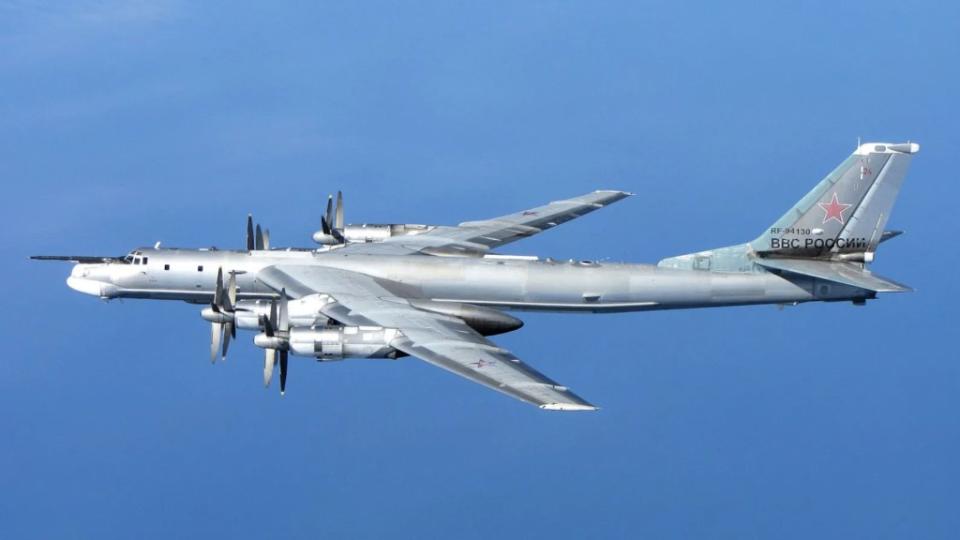
The release does not specify what kind of H-6s were intercepted. The H-6 family includes a host of different variants, including missile carrier aircraft and aerial refueling tankers, as well as more specialized types designed to carry outsized weapons or other payloads. It is also worth noting that official U.S. releases sometimes misidentify Russian Tu-142 Bear maritime patrol aircraft as Tu-95 bombers.
The release does not say what types of U.S. fighters conducted the intercepts of the H-6s and Tu-95s, which are also assumed to have been flying together, but U.S Air Force F-16s and/or F-22s were likely involved. In April, the Air Force notably transformed an F-16 aggressor squadron in Alaska into a unique air defense unit. The only fighters the Royal Canadian Air Force currently has in service are CF-18 Hornets.
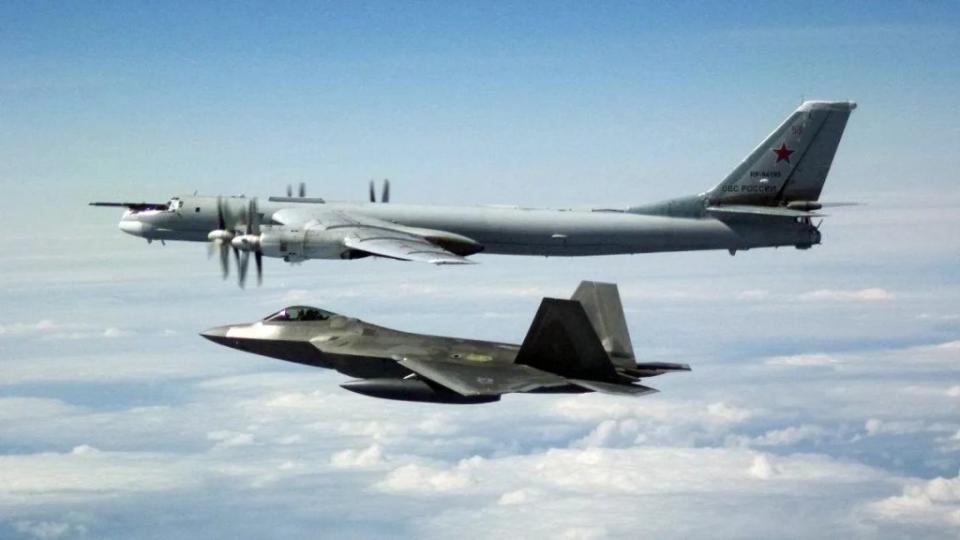
“The Russian and PRC aircraft remained in international airspace and did not enter American or Canadian sovereign airspace,” NORAD added in its release. “This Russian and PRC activity in the Alaska ADIZ is not seen as a threat, and NORAD will continue to monitor competitor activity near North America and meet presence with presence.”
However, the appearance of Chinese H-6s in the region is still a major development and, especially together with the Tu-95s, is clearly intended to send a signal. The H-6s are generally missile carrier types and their flying near Alaska’s coast therefore demonstrates a new capacity for Chinese forces to directly threaten the U.S. homeland.
“Fortunately, we haven’t seen Chinese aircraft operate near our air defense identification zones yet, but I think that that’s coming as early as this year,” U.S. Air Force Gen. Gregory Guillot, currently head of NORAD and U.S. Northern Command (NORTHCOM), told members of the House Armed Services Committee at a hearing back in February. “That shows an overall concern I have about the growing capability of China not only with aircraft, but also with ships and even submarines being able to range further from China and closer to our shores.”
Guillot gave similar testimony to the Senate Armed Services Committee just days later.
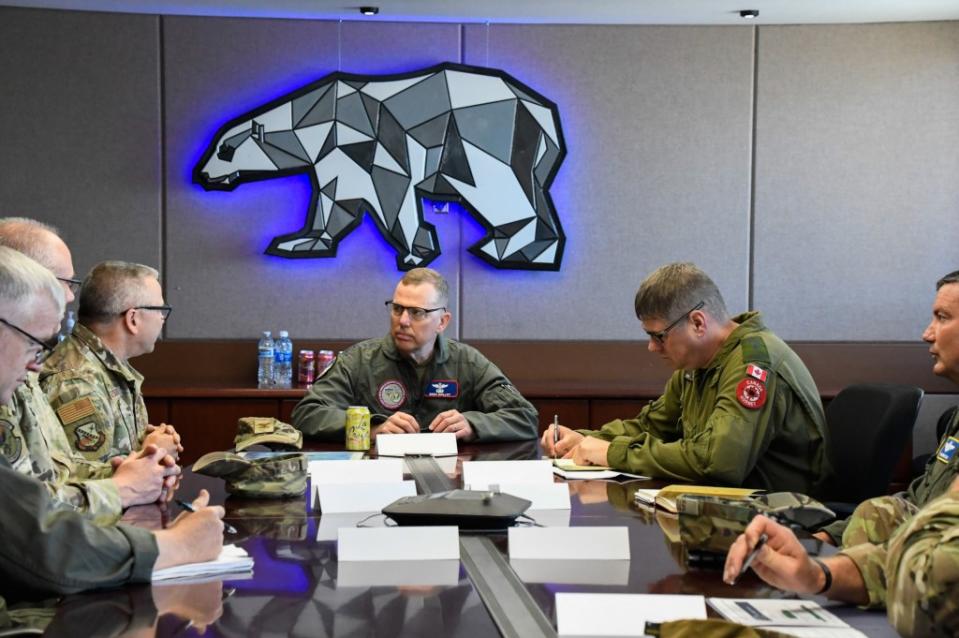
This is also not the first time Russian and Chinese Tu-95s and H-6 have conducted long-range sorites together. That being said, it does highlight significant military cooperation between the two countries that has only deepened as Moscow has become more globally isolated over its war on Ukraine.
As already noted, it is unclear where the Chinese H-6s took off and landed from before and after today’s sorties into the Alaska ADIZ. It is very possible given the range of those aircraft that bases in Russia were utilized as launch and/or recovery points. In 2022, Russian Tu-95MS bombers and Chinese H-6K missile carriers landed at bases in the opposite country after conducting a first-of-its-kind joint patrol over parts of the Sea of Japan and the East China Sea that prompted the scrambling of Japanese and South Korean fighters.
New joint RU/CN aerial patrol over Sea of Japan and East China Sea. Tu-95MS, H-6K, 8 hours, supported by Su-35S and Su-30SM. Foreign fighter jets also appeared.https://t.co/0yS3F1BEQD pic.twitter.com/xjfVcQgTqv
— Dmitry Stefanovich (@KomissarWhipla) November 30, 2022
There is also evidence that Russia or North Korea gave the People’s Liberation Army access to their airspace to enable the first known flight of a Chinese WZ-7 Soaring Dragon high-altitude drone over the Sea of Japan.
As NORAD/NORTHCOM head Guillot noted in February, Russian and Chinese naval forces have also been operating more and more around Alaska and the broader Arctic region, and doing so together, in recent years. A joint patrol by a group of 11 Chinese and Russian naval vessels near Alaska’s Aleutian Islands last year prompted calls from Congress to expand the U.S. military’s presence in the region to include the establishment of a permanent U.S. Navy base. The Arctic’s strategic significance is growing in general as receding ice opens up new avenues for competition over natural resources, from oil and natural gas to fish, as well as trade routes.
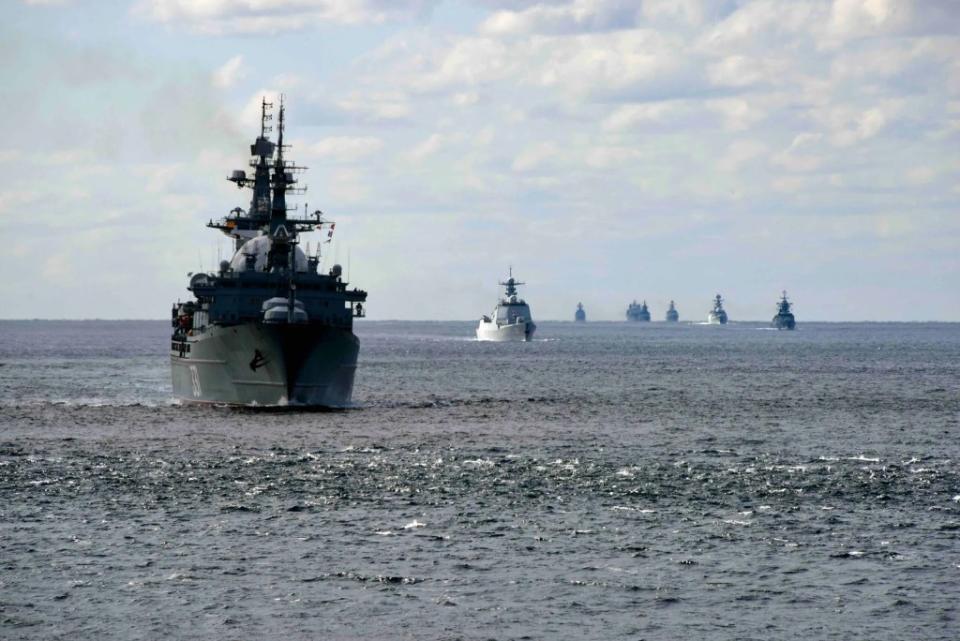
“We’ve seen growing cooperation between the PRC and Russia in the Arctic, commercially, with the PRC being a major funder of Russian energy exploitation in the Arctic, and increasingly militarily, with Russia and China conducting joint exercises off the coast of Alaska,” Deputy Secretary of Defense Kathleen Hicks said just on Monday at a briefing The War Zone and other attended on the rollout of the Pentagton’s latest Arctic Strategy.
“While not an Arctic state, the PRC seeks greater influence in the region, greater access to the region, and a greater say in its governance,” Hicks added. “That’s concerning given that it’s the only strategic competitor with the will and increasingly the wherewithal to remake the international order.”
Today’s sorties into the Alaska ADIZ certainly reflect a desire by both countries to project more power in America’s backyard and Chinese aircraft could well become an increasingly common sight in the region going forward.
UPDATE: 6:45 PM EST —
The Russian Ministry of Defense has now released a statement about the joint aerial patrol with Chinese forces, which it says includes time over the Chukchi Sea, the Bering Sea, and parts of the northern end of the Pacific Ocean. The release also identifies the Chinese aircraft as H-6K missile carrier aircraft and says that Russian Su-30SM Flanker-H and Su-35S Flanker-E fighters provided escorts during portions of the joint flight, which lasted more than five hours in total.
Zvezda has the MOD video, which shows Chinese bombers and US/Canadian fighter interceptors (F-35, F/A-18, F-16). https://t.co/MTciX4WoxX pic.twitter.com/gFRw9UQVlN
— Hans Kristensen (@nukestrat) July 25, 2024
“Upon completion of the joint air patrol, all involved aircraft returned to their home airfields,” according to the release, which does not say where the aircraft took off from to start. “The event was held as part of the implementation of the military cooperation plan for 2024 and is not directed against third countries.”
“At certain stages of the route, the air group was accompanied by fighters from foreign countries,” the release adds. “During the execution of their missions, aircraft from both countries operated strictly in accordance with the provisions of international law. There were no violations of the airspace of foreign states.”
Video footage Russia’s Ministry of Defense also released shows U.S. Air Force F-35A and F-16 fighters, as well as Royal Canadian Air Force CF-18 Hornets.
View from a Russian Air Force Tu-95 in Alaska’s air defense identification zone yesterday, after an intercept by US and Canadian forces.
Flying in formation next to the Russian Bear:
2x USAF F-16 Falcons
1x USAF F-35
2x RCAF CF-18 Hornets pic.twitter.com/5O03GQmd9D— OSINTtechnical (@Osinttechnical) July 25, 2024
China’s People’s Liberation Army has also released imagery from the joint flight.
China and Russia conduct joint air strategic patrol over Bering Sea on July 25. This marks the eighth air strategic patrol organized by the two militaries since 2019.
Photos from China PLA Air Force Weibo accounthttps://t.co/g9w27FRnnM pic.twitter.com/oeZA4cUQR9— Ryan Chan 陳家翹 (@ryankakiuchan) July 25, 2024
Contact the author: joe@twz.com

